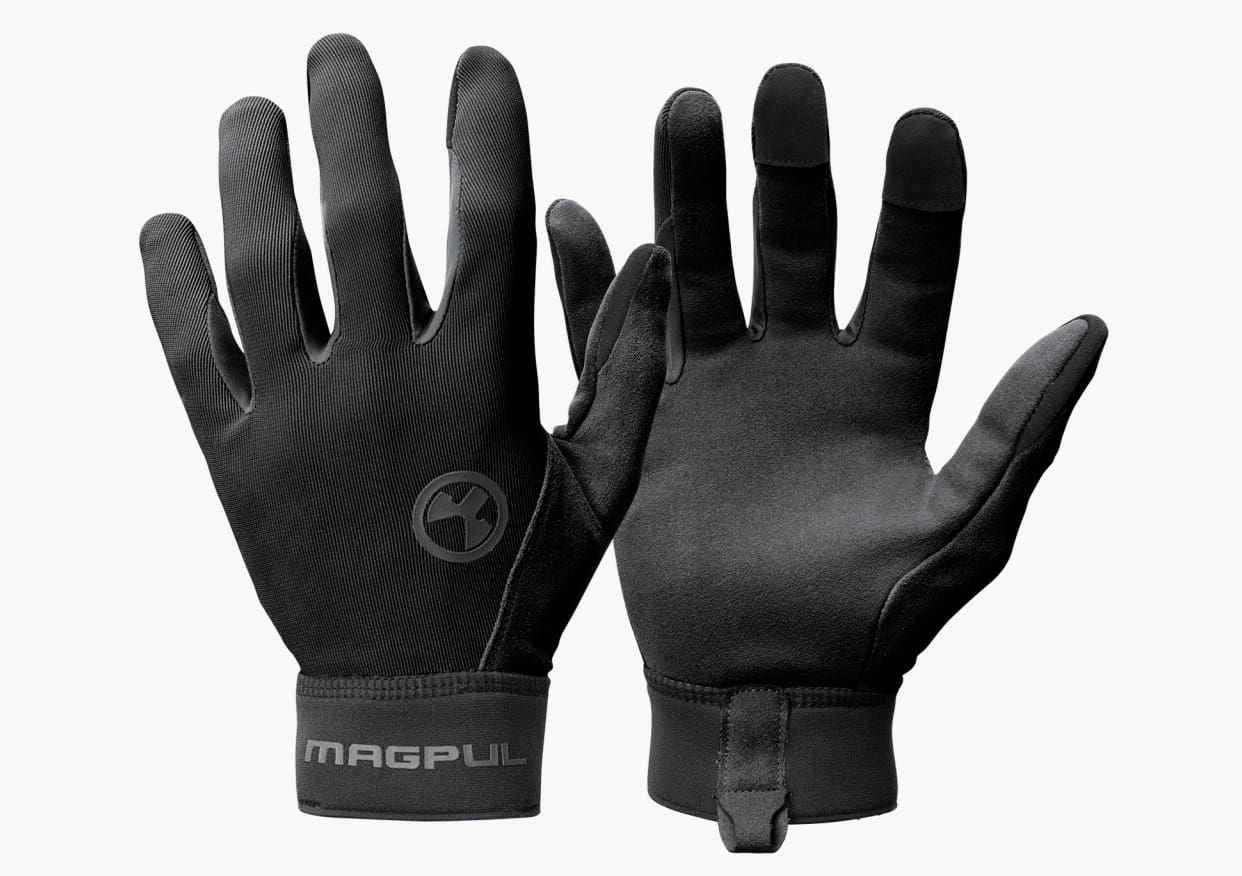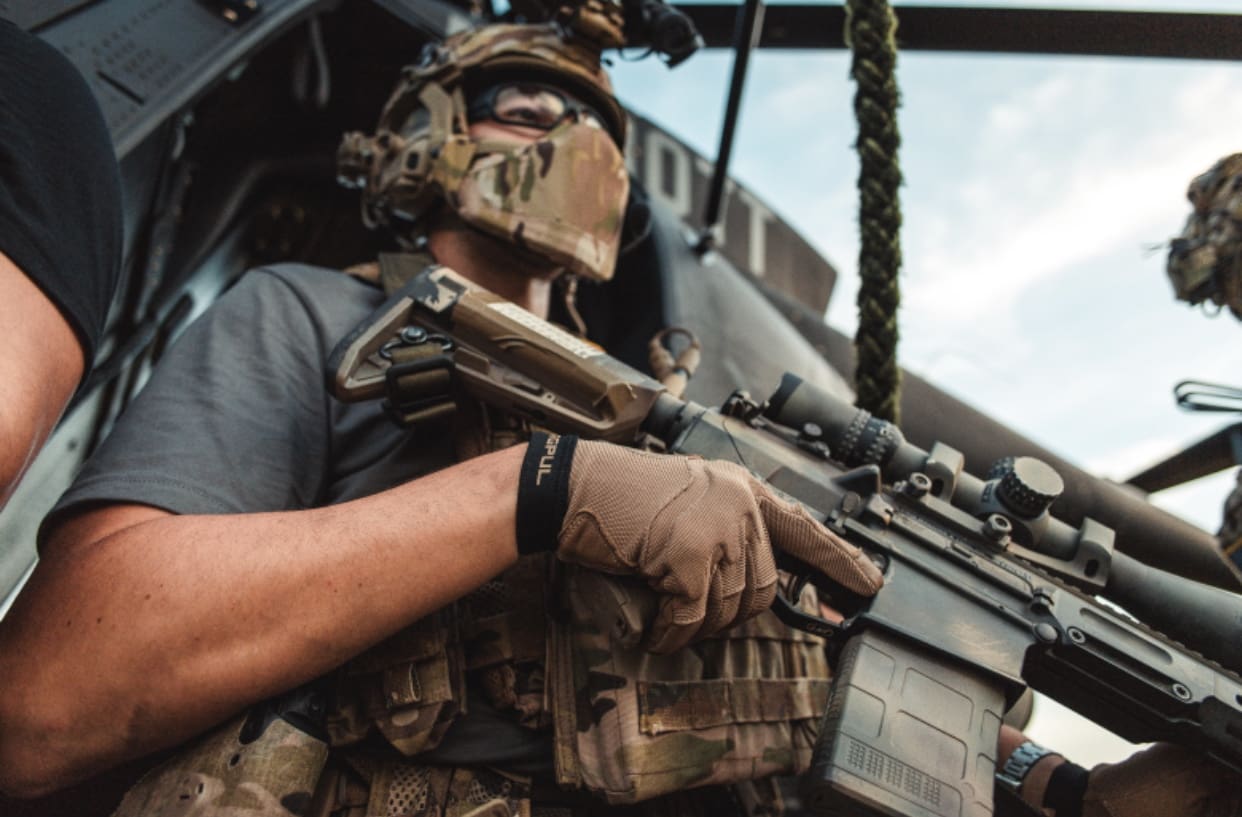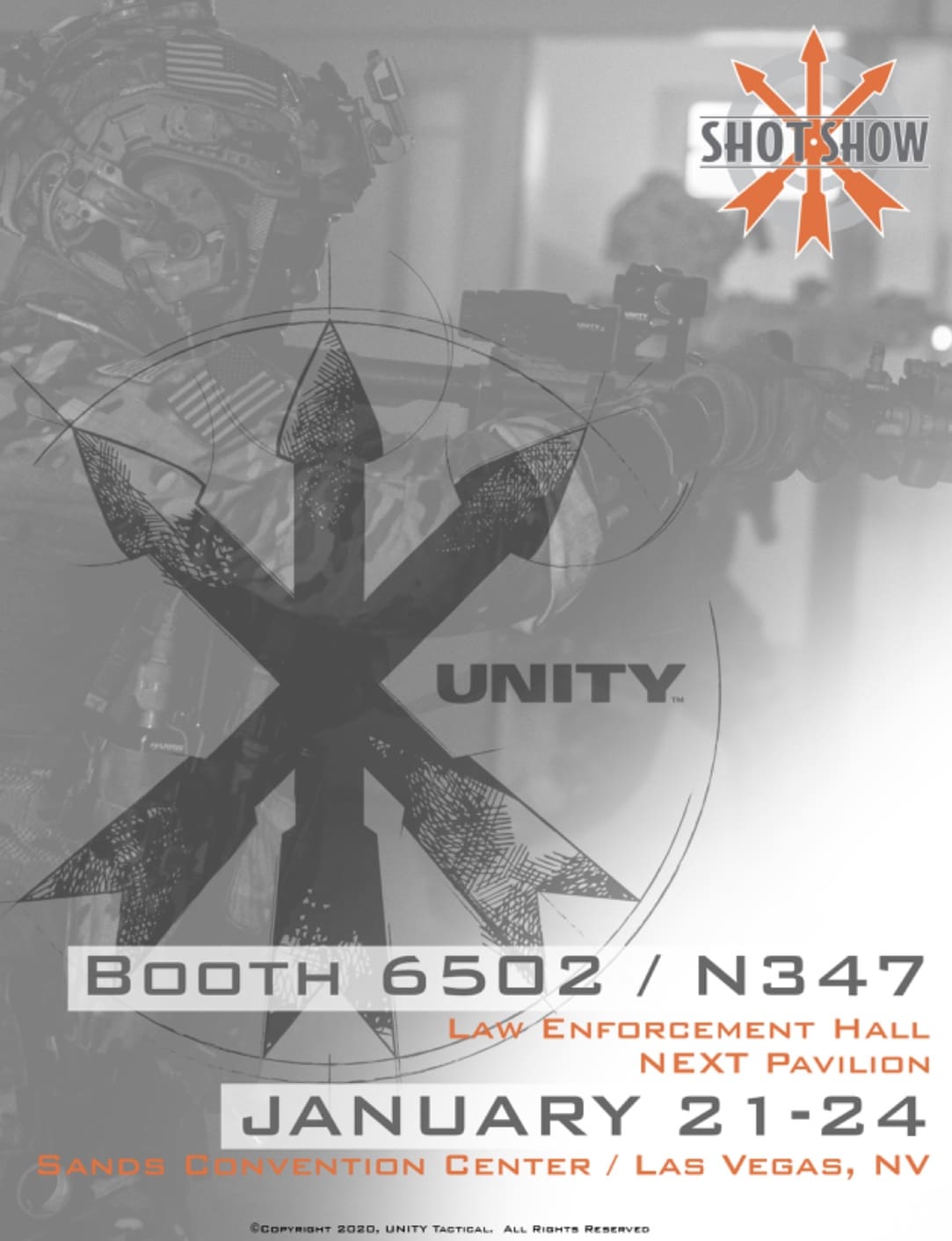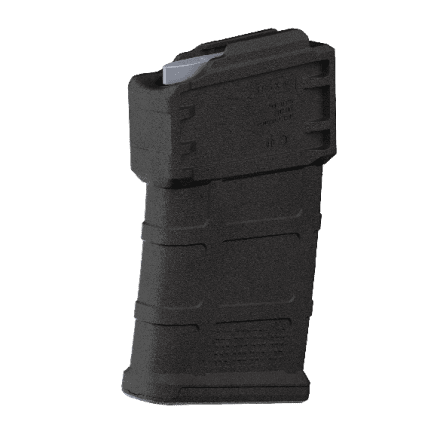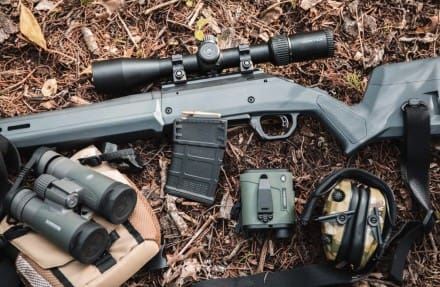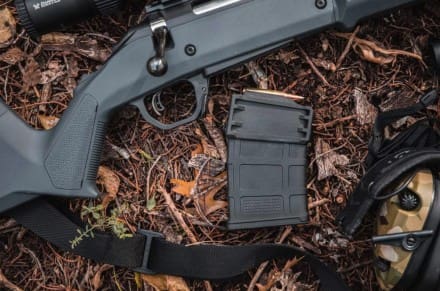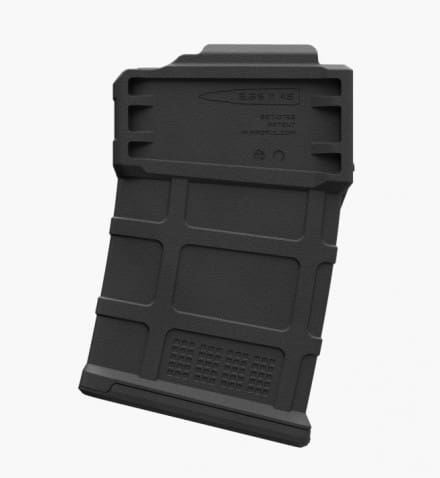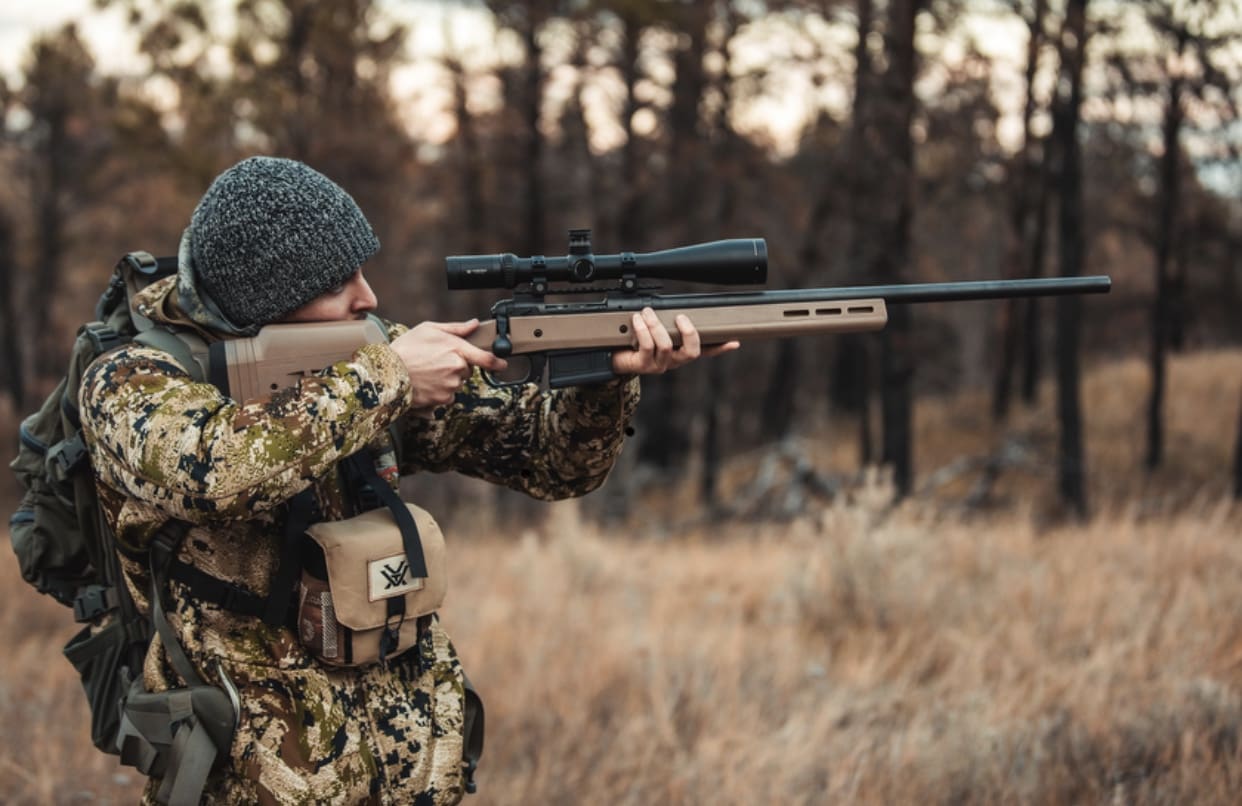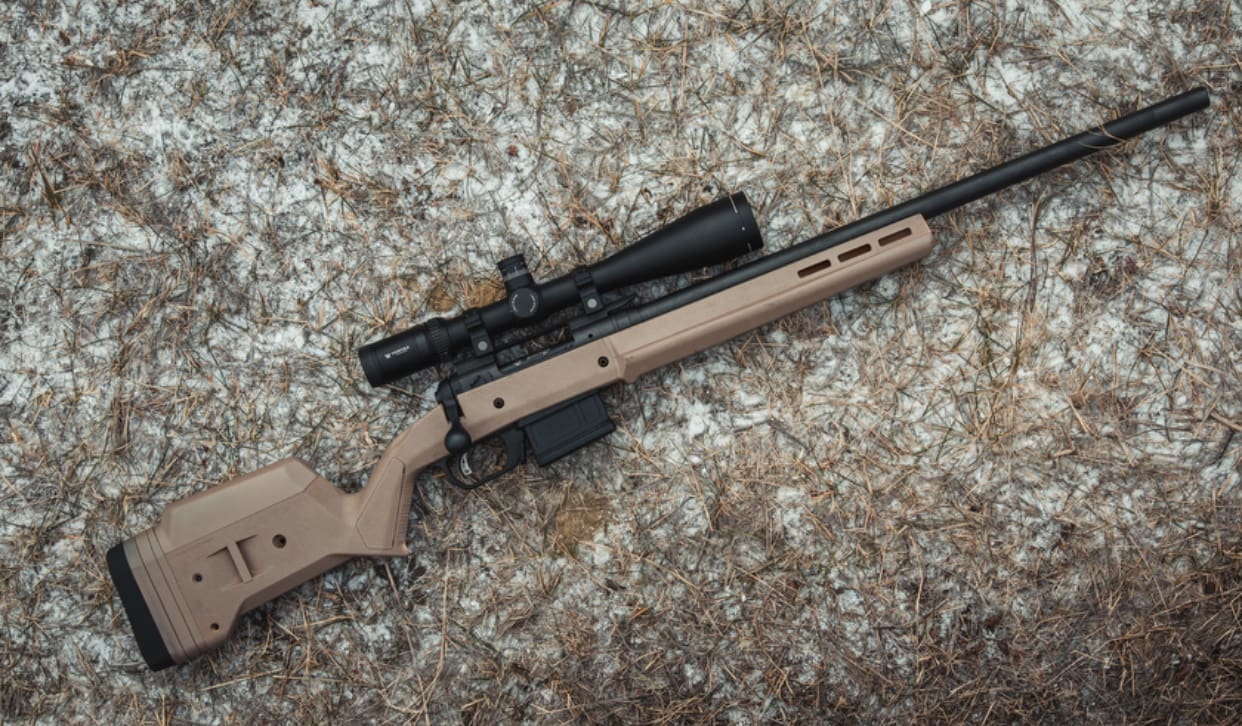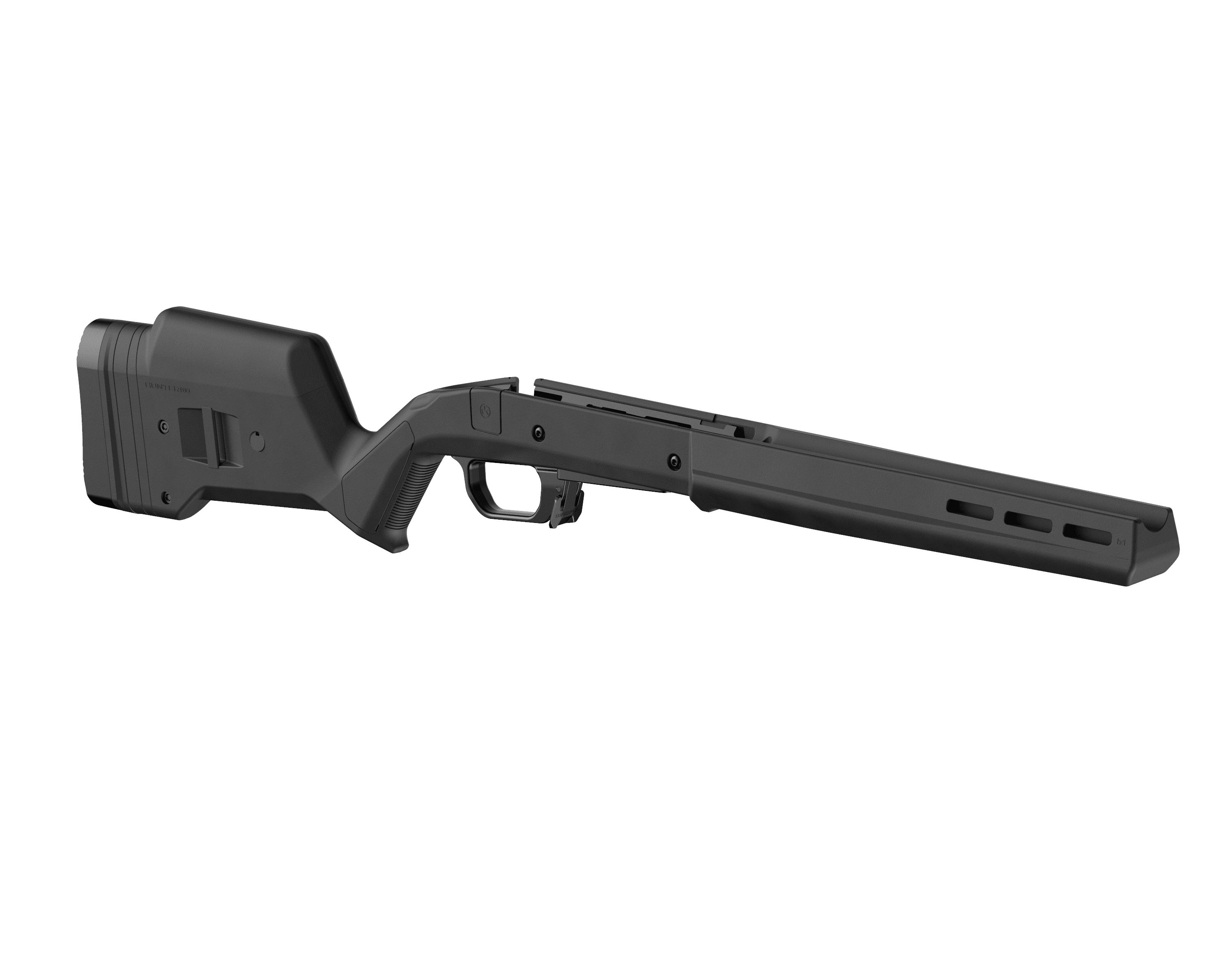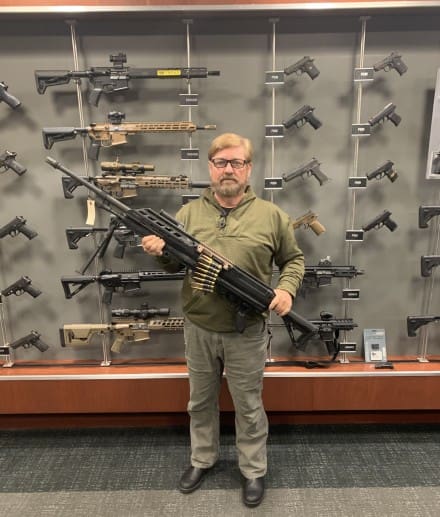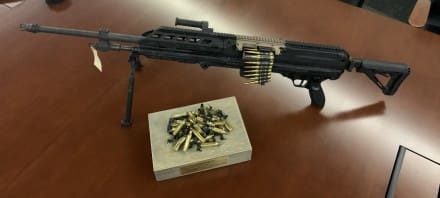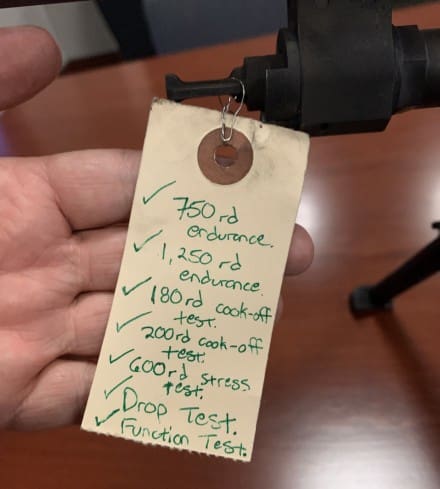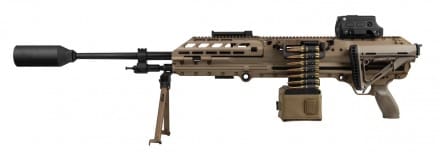HOUSTON – Jan. 15, 2020 – Comp-Tac® released six new products and will highlight them at the 2020 SHOT Show.
Comp-Tac® developed the Blue Duty Holster Series™, a level two holster designed to work with or without a light or red-dot attachment, with direct input from the law enforcement community. The company also launched three additional attachments, the Push-button Locking Mount V2™, Secure Quick Release™ (SQR), and the updated International™ Mount Kit V2, as well as slick versions of the Kydex® Tourniquet TACO® and Kydex® Handcuff TACO®.
“The addition of Comp-Tac® to the HSGI® family allows us to better cater to and design for the law enforcement community with unmatched speed and versatility,” explained Bill Babboni, HSGI® vice president of sales and operations. “This holster is a huge step for us, and we are thrilled to show off at SHOT. All of these products were designed to meet the requests and needs of our customers and will be on display at the 2020 SHOT Show (Booth 11162).”
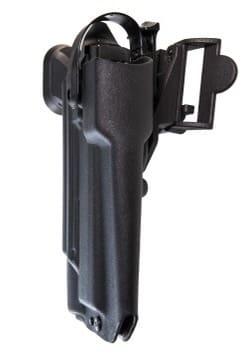
The Blue Duty Holster Series™ was designed with direct involvement from LAPD and other LE agencies. The holster is a level two with a spring-loaded, thumb-activated bale, that will accommodate firearms equipped with red-dot optical sights and with or without a weapon light. The Blue Duty Holster Series comes in two different designs, an optic covered version for extra protection or an optic uncovered version for smaller footprint. Available in many of the most popular LE handguns, in both right and left hand and a variety of colors.
Blue Duty Holster Series™ MSRP: $145.00
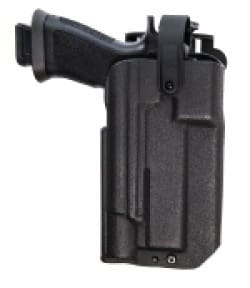

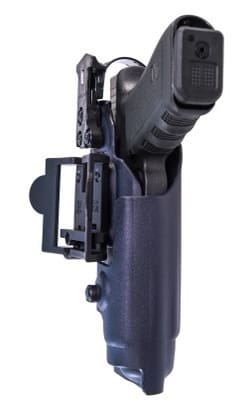
The PLM V2™ is a hinged equipment mount piece that fits belts up to 2.25” in width. The mount opens with the push of a button and can be locked closed for extra security and retention.
PLM V2™ MSRP: $13.00
The Secure Quick Release™ (SQR) is a two-piece mounting system that allows holsters or other equipment to move quickly and easily from one position to the next. The SQR gives users the flexibility to move their holster from chest, to belt to leg rig in a matter of seconds.
Secure Quick Release™ (SQR) MSRP: $26.00 (both pieces)
The International™ Mount Kit V2 has been updated to fit belts up to 2.25”. The belt mount portion of the kit is now multi-fit with an adjustment bar that can be attached at multiple belt widths and later changed if the user desires. The drop-offset piece has been improved for enhanced rigidity and function.
International™ Mount Kit MSRP: $36.00 (full kit)
The Slick Tourniquet TACO® and Slick Handcuff TACO® are additional versions of our popular Kydex® Tourniquet and Kydex® Handcuff TACOs. The slick finish is smoother, with a less aggressive design.
Slick Tourniquet TACO® MSRP: $38.00
Slick Handcuff TACO® MSRP: $36.00




